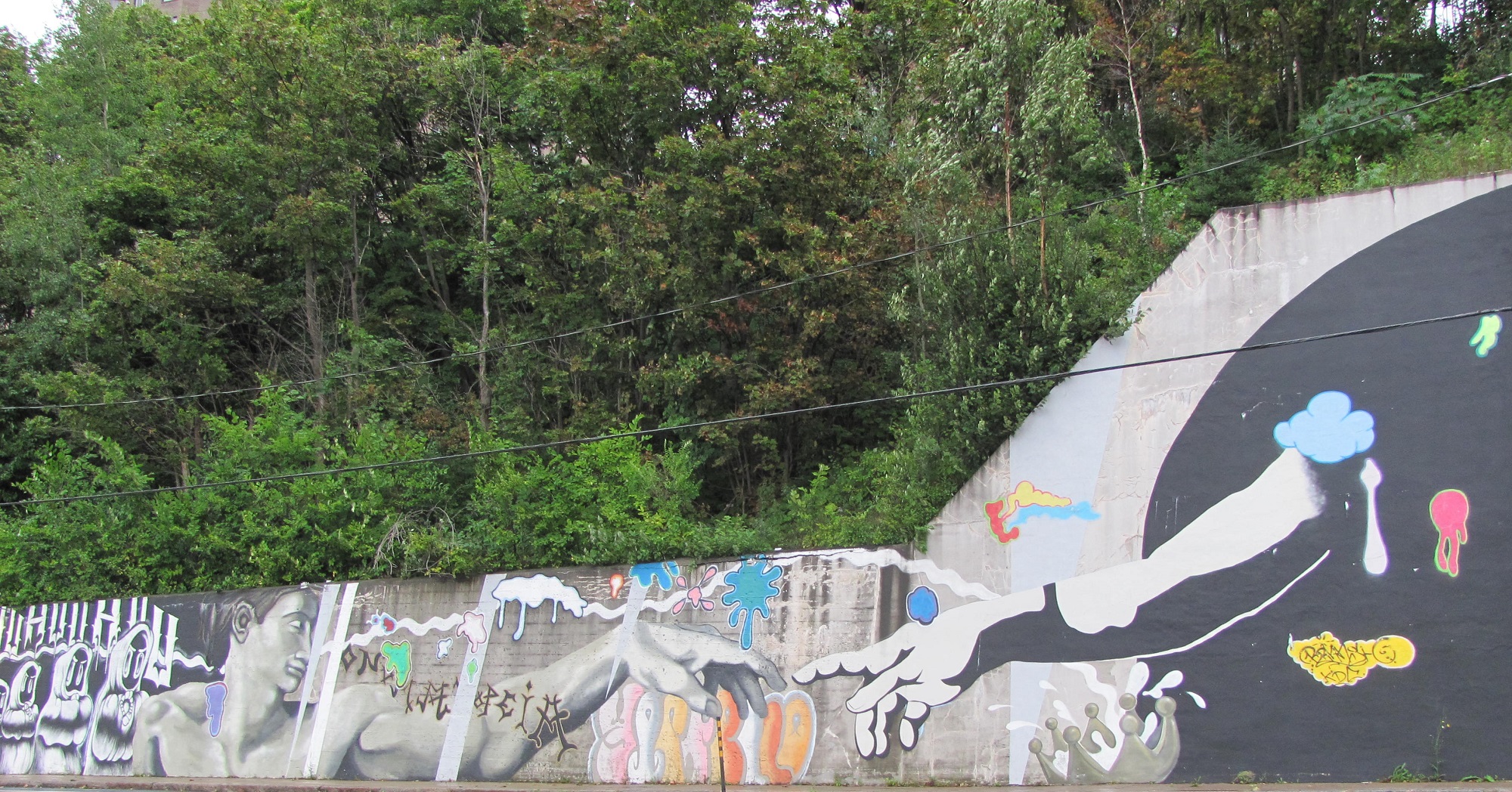i have come to the understanding that i have a wee more information than the average bear and i should learn to keep it under wraps rather than blather out to the world at large about it.
Childhood lead poisoning in New York
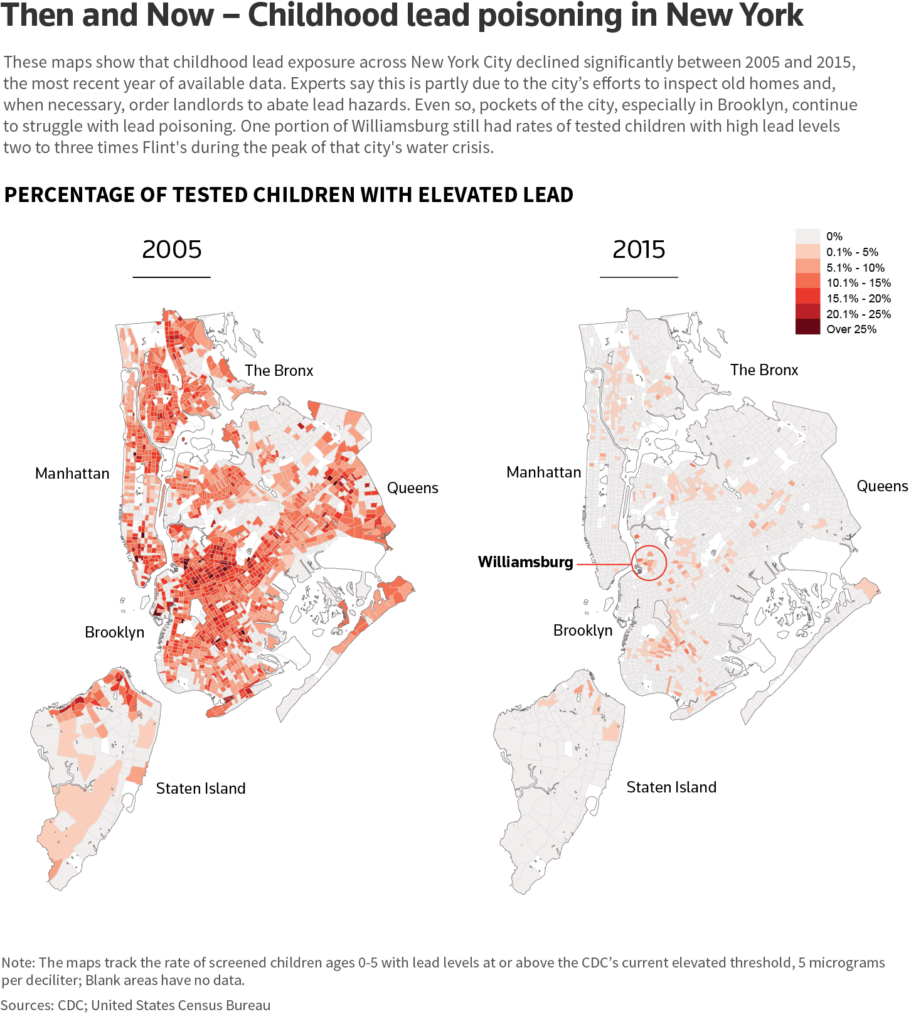
Notice there has not been one single campaign to test children in ANY major city (or small city) in Canada for lead poisoning?
Nor campaigns to test adults, pregnant women or people with compromised immune systems.
Easy to claim there have been no reported cases of lead poisoning in Montreal when you simply do not test for it, and deny patients the right to test for heavy metal poisoning by downplaying the problem, or outright refusing to test for it. Local hospitals also do the same with tuberculosis, they refuse to test for it because then they would be required to report it to authorities and quarantine the patient.
Our own health care system cannot be trusted to act in our best interest, they will mislead the public in order to save money and protect authorities from class action lawsuits, they are part of the problem.
It has been like this all of my life, I’m no longer surprised, this is the way it is with industries and municipal infrastructure managed by Boomers who slash and burn everything in their path to cover their asses instead of INNOVATING to find solutions.
disease cluster
A disease cluster is an unusually large aggregation of a relatively uncommon medical condition or event within a particular geographical location or period.[1] Recognition of a cluster depends on its size being seen as greater than would be expected by the play of chance.[1] Identification of a suspected disease cluster may initially depend on anecdotal evidence.[1] Epidemiologists and biostatisticians need to assess whether the suspected cluster corresponds to an actual increase of disease in the area.[1] Typically, when clusters are recognized, they are reported to public health departments in the local area. If clusters are of sufficient size and importance, they may be re-evaluated as outbreaks.
John Snow‘s pioneering investigation of the 1854 cholera outbreak in Soho, London, is seen as a classic example of the study of such a cluster.
Why Swans are Dying of Lead Poisoning in the Pacific Northwest
Conscription by poverty: Deprivation and army recruitment in the UK
This applies to army recruitment in pretty much every country around the world that has an active military, including Canada and the United States.
Introduction
Each year the British armed forces enlist over 2,000 children aged 16 and 17, mostly for the army and particularly for the infantry; more new army recruits are 16 than any other age. The United Kingdom (UK) is the only State in Europe and among only a few worldwide allowing enlistment at age 16.
Recruits are no longer routinely sent to war until they turn 18, but the impact of military employment at a young age, particularly on recruits from a stressful childhood background, has raised numerous human rights and public health concerns. Among those to express concern have been the UN Committee on the Rights of the Child, the children’s commissioners for the four jurisdictions of the UK, and the Joint Committee on Human Rights
Young army recruits tend to come from particularly deprived backgrounds
The Ministry of Defence (MoD) does not collect information about the
socioeconomic profile of armed forces personnel. Nonetheless, our research
has found that army recruits under the age of 18 come disproportionately
from England’s poorest constituencies. During a five-year period, the rate of
recruitment in the age group was 57 percent higher in the most deprived fifth of constituencies than the least deprived. Recruitment was concentrated in the poorest regions, particularly urban fringe areas of the north of the country.
Research by King’s College London further shows that a troubled childhood is common among army personnel (irrespective of age), while official data show that the youngest recruits tend to have severely underdeveloped literacy. Childhood adversity and poor literacy are both well-attested statistical indicators of socioeconomic deprivation.
The army focuses recruitment in the poorest parts of society
Using official sources, our research has shown that army recruitment is
targeted at the UK’s poorest towns and cities, particularly neighbourhoods
where annual family income is around £10,000.
The army targets the youngest age group for the riskiest army jobs
The army’s rationale for targeting 16-year-olds for recruitment is to
compensate for shortfalls in adult recruitment, “particularly for the infantry”;
the close-combat troops. Its own research confirms that a lack of economically viable civilian opportunities is one of the main factors driving enlistment for the infantry, which can be joined without any qualifications. The army’s youngest recruits are therefore substantially over-represented there.
The infantry carries the greatest risks in war. In Afghanistan, British infantry troops were six times as likely to be killed as personnel in the rest of the army, and in the Iraq and Afghanistan era, they were twice as likely to experience post-traumatic stress disorder (PTSD). Relative to the rest of the army, infantry training is basic and, according to veterans, more brutalising, with twice the drop-out rate among trainees, at approximately 35 percent.
on the subjugation, abuse and exploitation of men
who become soldiers out of desperation.
to make rich men richer while they kill off all the young male competition.
on the subjugation, exploitation and abuse of women in 1%er culture
Most outlaw motorcycle clubs do not allow women to become full-patch members.[37] Rather, in some 1%er clubs, women have in the past been portrayed as submissive or victims to the men,[38] treated as property, forced into prostitution or street-level drug trafficking, and often physically and sexually abused,[39] their roles as being those of obedient followers and their status as objects. These women are claimed to pass over any pay they receive to their partners or sometimes to the entire club.[40] This appears to make these groups extremely gender-segregated.[41] This has not always been the case, as during the 1950s and 1960s, some Hells Angels chapters had women members.[42]
https://en.wikipedia.org/wiki/Outlaw_motorcycle_club#One_percenter
The elusive Gerald Murray
Also known as Thomas Murray. My grandfather.
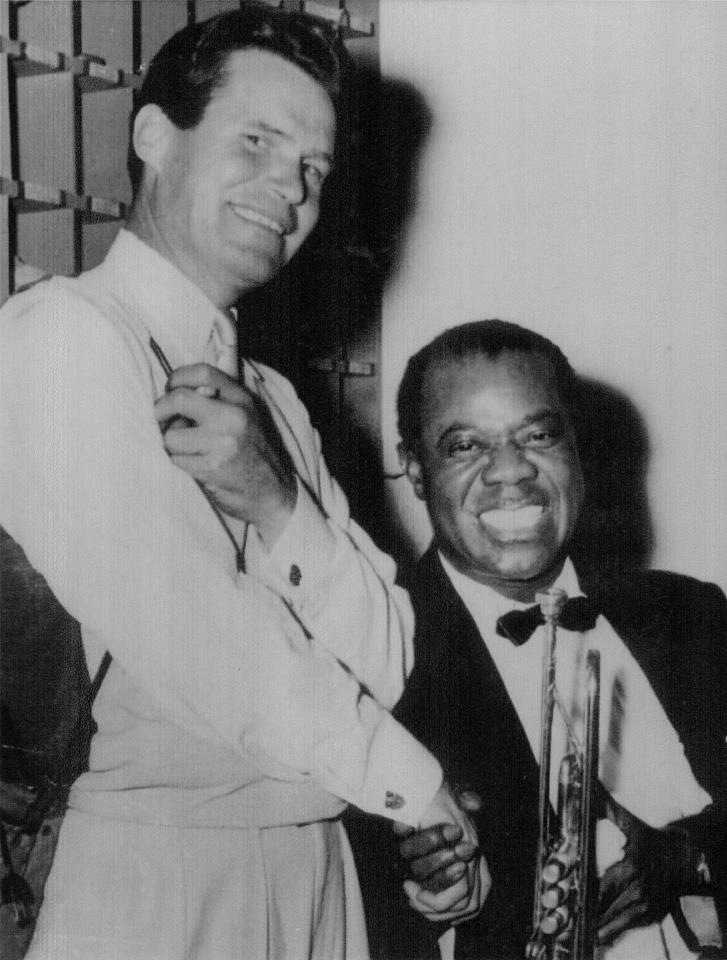

Rise of motorcycles after World War II
After World War II, countless veterans came back to America and many of them had a difficult time readjusting to civilian life. They searched for the adventure and adrenaline rush associated with life at war that had now left them. Civilian life felt too monotonous for some men who also craved feelings of excitement and danger.[3] Others sought the close bonds and camaraderie found between men in the army.[6] Furthermore, certain men wanted to combat their horrifying war memories and experiences that haunted them, many in the form of post-traumatic stress disorder.[7] Thus, motorcycling emerged stronger than ever as a substitute for wartime experiences such as adventure, excitement, danger and camaraderie.[3] Men who had been a part of the motorcycling world before the war were now joined by thousands of new members. The popularity of motorcycling grew dramatically after World War II because of the effects of the war on veterans.
https://en.wikipedia.org/wiki/Hollister_riot#Rise_of_motorcycles_after_World_War_II
funneh
In 1948, the AMA supposedly made a statement that ninety-nine percent of the motorcyclists are good people enjoying a clean sport and it is the one percent that are anti-social barbarians. The term “one percenter” is born.
Hell’s Angels
During the War, the 303rd flew 364 missions, more than any other Eighth Air Force B-17 group, and one group Fort, “Hell’s Angels”, was the first to complete 25 missions, while another, “Knock Out Dropper”, was the first to complete 50 and 75 missions. Only one other group delivered more bomb tonnage than the 303rd. However, the group lost 165 planes, more than five times its authorized strength of 30 B-17s.[1]
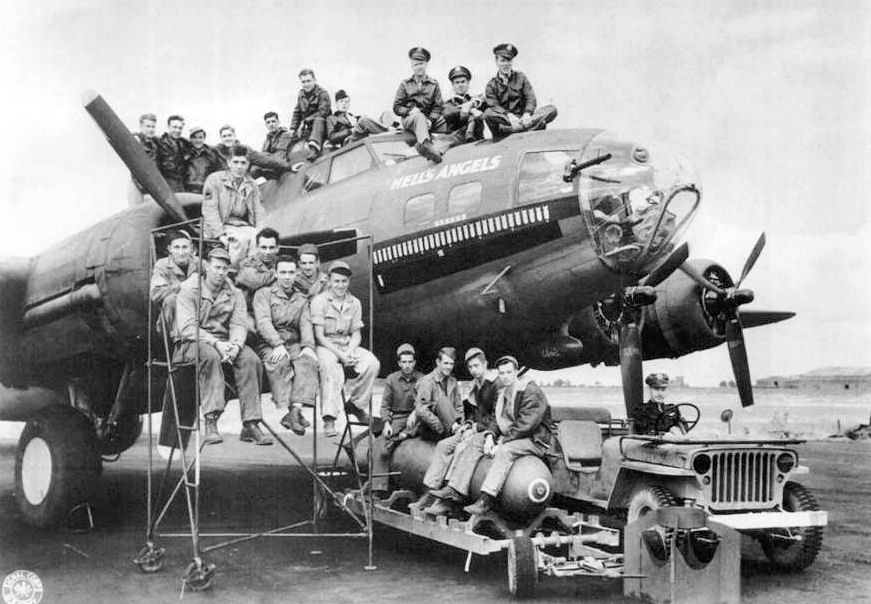
The Hells Angels originated on March 17, 1948 in Fontana, California, when several small motorcycle clubs agreed to merge.[7] Otto Friedli, a World War II veteran, is credited with starting the club after breaking from the Pissed Off Bastardsmotorcycle club over a feud with a rival gang.[8]
The name was first suggested by an associate of the founders named Arvid Olsen, who had served in the “Hell’s Angels” squadron of the Flying Tigers in China during World War II.[10] It is at least clear that the name was inspired by the tradition from World Wars I and II whereby the Americans gave their squadrons fierce, death-defying titles; an example of this lies in one of the three P-40 squadrons of Flying Tigers fielded in Burma and China, which was dubbed “Hell’s Angels”.[11]
snap, crackle and pop!
Bernice Cloutier and Gordon Murray
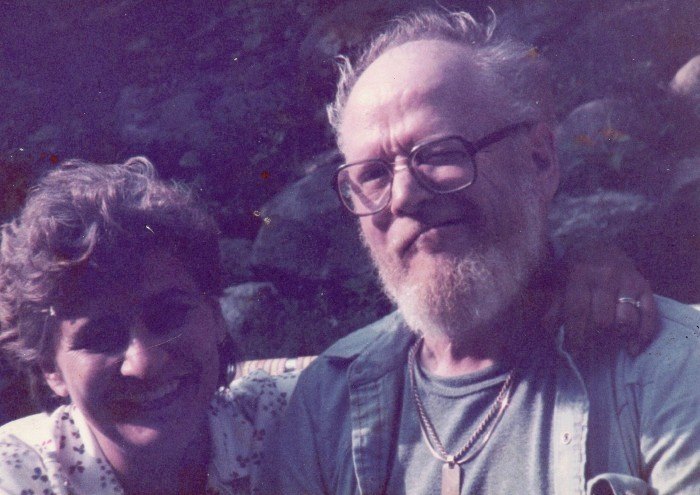
Murray Boys of Oakland, California
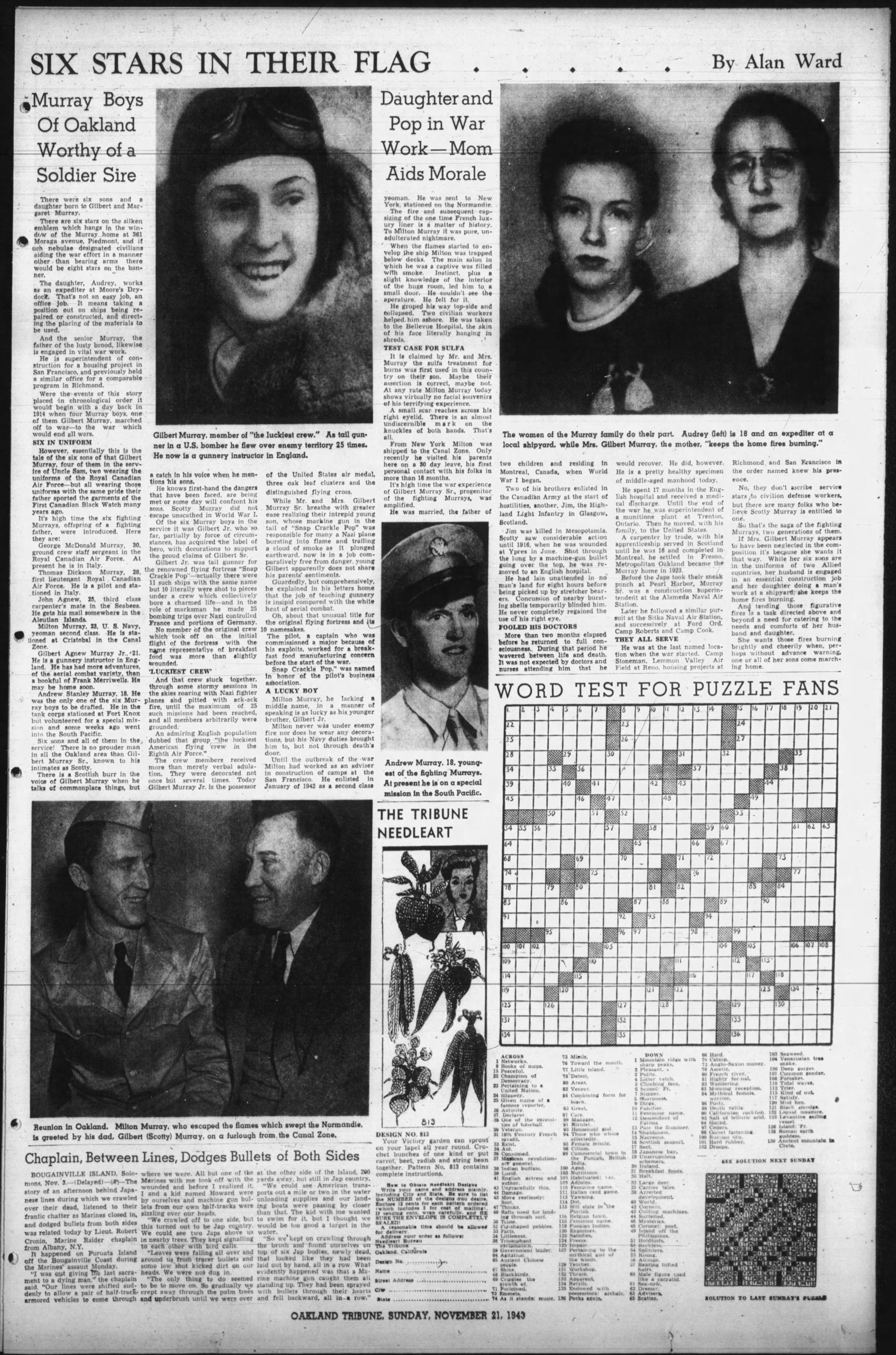
Murray branch of the family in California. Gilbert (Scotty) Murray is my great grandfather’s brother, my great grand uncle.
